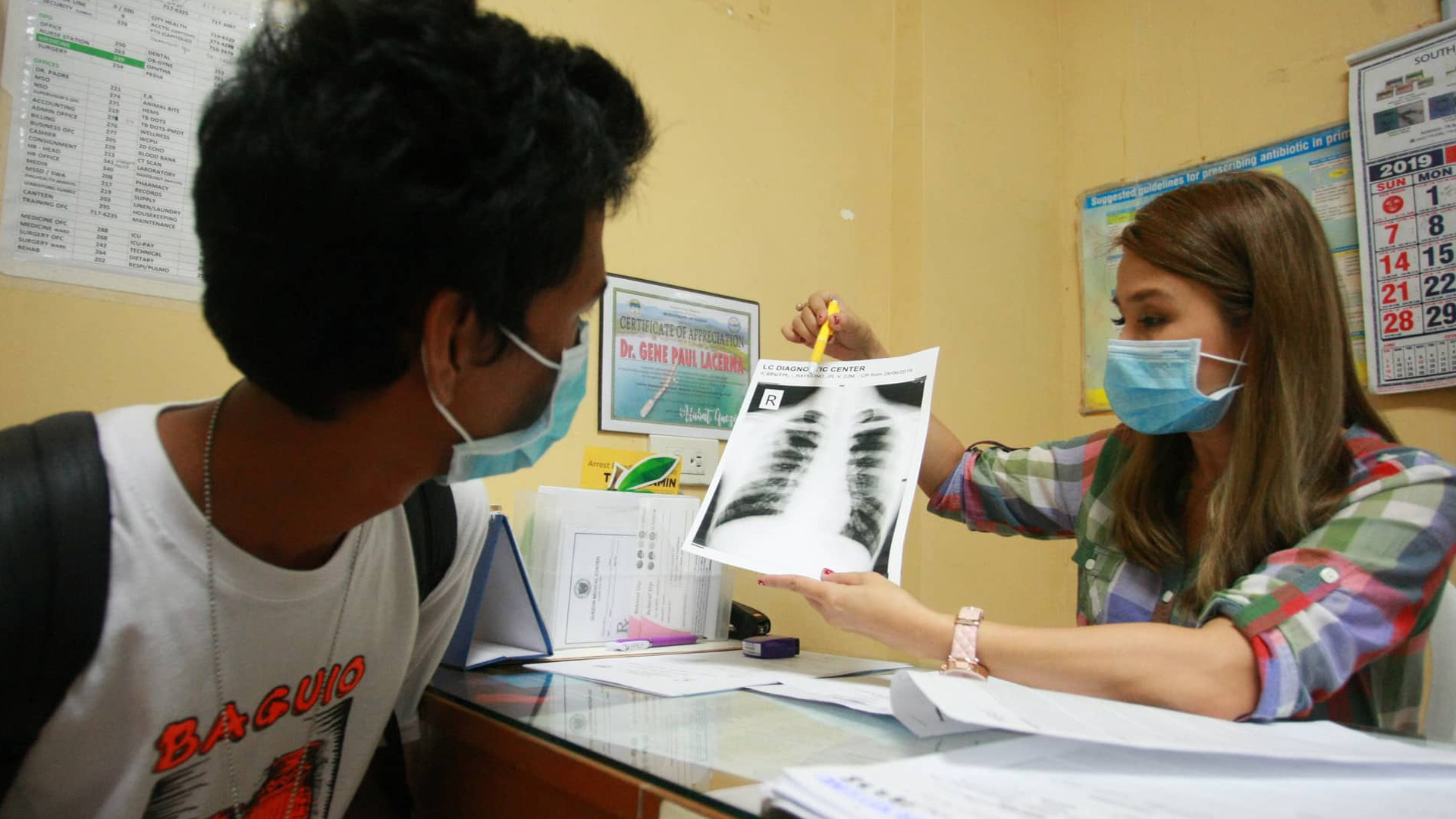The Department of Health (DOH) reported that although the number of tuberculosis (TB) cases reported in the country in the first three months of 2020 has drastically gone down, this does not necessarily mean good news.
From January to March this year, the National Tuberculosis Control Program (NTP) of the DOH recorded a total of 88,662 new and relapse TB cases, declining steeply by almost 20% between February (30,728) and March (24,782).
“We see this as a direct effect of the COVID-19 pandemic on a critical disease prevention and control program like TB,” said Health Secretary Francisco T. Duque III. “The quarantine has extremely affected and limited the health seeking behaviors of our fellow Filipinos,” he added.
According to Duque, unlike other health programs, having fewer cases is not an indicator of success for the TB program. “Our goal for our TB program is to find and treat as many TB cases as possible. Only by finding and treating these cases can we limit its spread and achieve our dream of a TB-free Philippines.”
In recent years, the DOH has boosted its active case finding initiatives, organizing community outreach activities and setting up local TB task forces for community surveillance. From 2017- 2019, the DOH reached, on the average, 93% of its annual target of notified cases. But the COVID-19 quarantine has restricted such interventions to find, test, treat and prevent TB cases in hospitals, health facilities and communities.
Following this, on March 16, 2020 the DOH-NTP issued Department Memorandum 2020-0128 entitled “Ensuring Continuous TB Services During Community Quarantine” to provide guidance and ensure safety of both the facility staff and patients, who are at high risk of infection. The following guidelines are also recommended for the implementation of the different screening activities and surveillance:
a. Screening of Presumptive TB, through passive, active, intensified, or enhanced case finding, shall continue subject to mandated social distancing and usual infection control procedures. Avoid gathering people in one place for TB screening and provide masks for healthcare staff and patients.
b.Usual contact tracing efforts are still to be implemented with strict compliance on infection control measures.
c.Reporting or notification of cases are still through the Integrated TB Information System(ITIS).
Soon after the General Community Quarantine was imposed in Metro Manila and other parts of the country, the DOH also issued an administrative order to ensure continuous TB services. Patients who are currently enrolled for TB treatment in government facilities are advised to secure their one-month supply of anti-TB medicines.
“We are taking unprecedented steps to treat our fellow Filipinos with active TB disease. We are monitoring our stocks to make sure those with active TB have access to free medicines and are able to complete their treatment regimen,” said Duque.
The DOH through the NTP is continuously working to ensure uninterrupted TB services during community quarantine and is closely collaborating with its key partners to mitigate the effects of COVID-19 through various initiatives and innovations.
TB Patients are encouraged to establish a close coordination with their health providers during the pandemic. Likewise, health care providers are also mandated to call and follow up with patients every 1-2 weeks to check for any problems or adverse reactions that the patient may experience.
In 2019, the Philippines had the highest TB incidence in Asia with 554 cases per 100,000 people, according to a World Health Organization (WHO) report. Approximately, 74 Filipinos die of TB every day and is among the top 10 causes of death in the country.
In September 2018, Duque committed to find and treat 2.5 million Filipinos with TB at the United Nations High Level Meeting on TB in New York City. Since then, the DOH has recorded 1.1 million TB cases, leaving 1.4 million more cases to find and treat in the next 2.5 years.
Using a projection modeling based on a recent study of the global Stop-TB Partnership, DOH estimates that, because of the pandemic, notified cases in 2020 will only reach 72% of the annual target. By the end of 2022, if this trend continues, the Philippines will miss its commitment by almost 300,000 cases.
“One TB case that we fail to find and treat may spread the infection to at least 10 other people. The reservoir of undetected TB cases will further increase,” said the Health Chief.





















